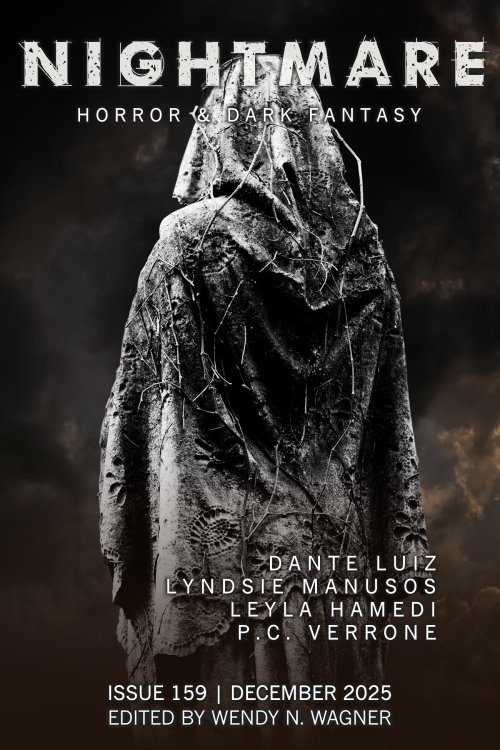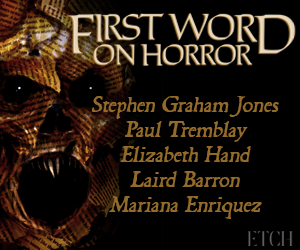Nonfiction
The H Word: The Melancholy Beauty of Terror
For the longest time, I’d searched for a proper definition of horror. That whole, “defined by emotional response” never sat well for me, and felt lacking as a descriptor. Mostly because people think that emotion should be fear or fright, but at the same time the word horror doesn’t automatically mean fear, does it? Something can be horrible, and yet not scary. Add to the fact that some of the best horror digs in under the skin and does something else, something far more disturbing than simple fear.








